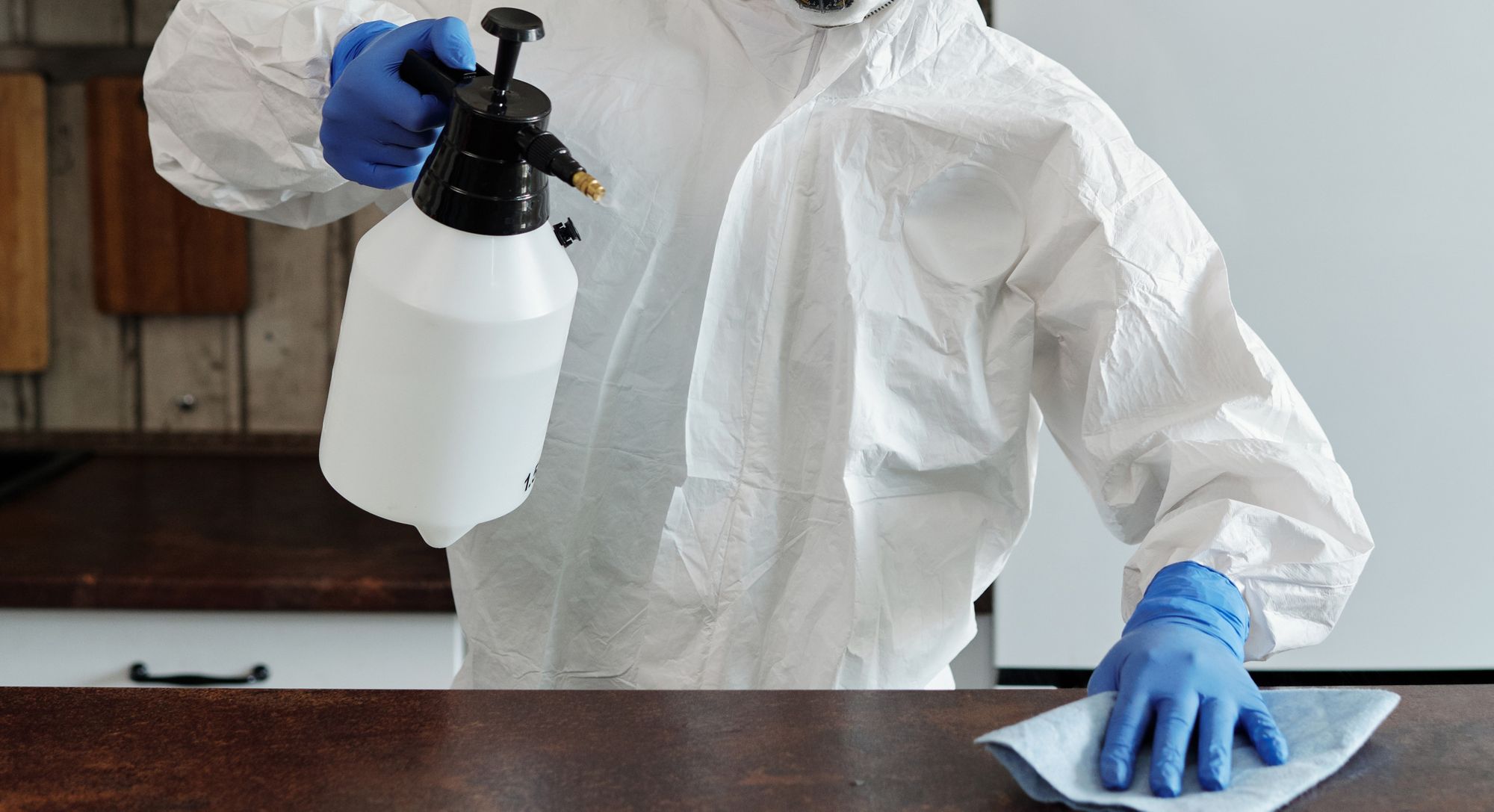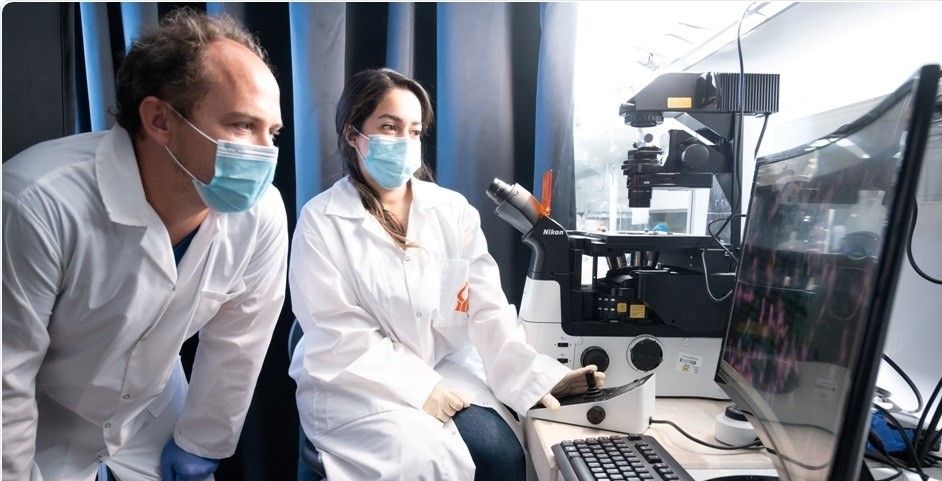When researchers began examining how the coronavirus spread they came across a crucial piece of evidence onboard the COVID-stricken Diamond Princess cruise ship.
While it was already well known that SARS-CoV-2 passed from person to person through tiny water droplets in the air, samples taken from various surfaces from the cruise ship found traces of coronavirus remained 17 days after the ship had been evacuated.
Today, most disinfectants are chemical based, typically relying on sodium hypochlorite (bleach) or alcohol to kill viruses and bacteria on surfaces. However, their action is only temporary – they clean the surface and then, minutes later, stop working. Any viruses still living in airborne water droplets that land on the surface after it has been cleaned could survive there for days.

What is needed is a coating that could consistently and repeatedly kill or debilitate the virus. A new approach to keeping surfaces such as handrails, doorknobs, and countertops virus-free.
As Prof. Angel Porgador, who works at the Department of Microbiology, Immunology and Genetics at Ben-Gurion University (BGU) in Israel, explains, “The current coronavirus is transmitted not only through droplet spray but also via various surfaces that can convey the virus from one person to another. Furthermore, research shows that the virus remains viable on various surfaces for extended periods of time, of days and even longer. Therefore, there is a clear need for durable anti-viral coatings that can be sprayed or painted on surfaces, just like paint or varnish, and that will prevent viral transmission. These surfaces can include handles, buttons, railways or any other public surface that poses increased danger, in particular in places with a high concentration of potential carriers, such as hospitals or clinics.”

What was already known was how certain metals can kill viruses and bacteria at quantities that are safe for humans. Researching this further, PhD students Yariv Greenshpanand Esti Toledo, and postdoc Guillaume Le Saux of the Department of Materials Engineering at BGU analysed the reaction of lentiviruses (members of the HIV family) when placed on surfaces that had been coated with metallic nanoparticles.
The university reporting that, “Findings show that surfaces coated with copper nanoparticles strongly block infection of the cells by the virus. These ongoing experiments show a huge potential for copper ions in preventing surface-mediated infection with SARS-CoV-2.”
Clearly, the idea needed to be explored further, as the press release explains, “Based on these findings, the researchers are developing anti-viral coatings that can be painted or sprayed on surfaces. The coatings are based on polymers, which are the starting materials of plastics and paints, and contain nanoparticles of copper and other metals. The nanoparticles embedded in the polymer will enable controlled release of metal ions onto the coated surface. Studies show that these ions have a strong anti-viral effect, which can eradicate virus particles that adhere to the surface. Because the release of ions is extremely slow, the coating can be effective for a long period of time – weeks and even months, and it will reduce the infectivity of the virus particles by more than 10-fold.”
Anti-viral and antibacterial products will be under increased demand in the future. As we learn more about coronavirus, it seems that longer lasting protection is needed, not only now, but also against any future epidemic that may occur.
As Josh Peleg, the CEO of BGN Technologies, notes, “The need to develop anti-viral coatings has greatly increased recently with the SARS-CoV-2 outbreak, and this need will likely remain high even after the pandemic ends, due to increased awareness.”
“It is important to remember,” adds Porgador, “that we are developing coatings that will be effective not only against the coronavirus but also against other viruses, as indicated in our proof of concept experiments, and also against bacteria, so they will be relevant for a wide range of applications.”

Metals have long been known for their antibacterial and anti-viral properties. The ancients often used copper bowls or silver plating to minimise the spread of disease. However, later studies in expanding their use had always found issues with the way that metals oxidize and corrode.
By using metals on a nanoscale, researchers have been able to avoid these problems. The nanocoatings also use a minute amount of metal, with particle sizes that allow them to be easily embedded into a polymer paint or varnish.
Given all these advantages, maybe nanotechnology has a profound role to play in the fight against COVID-19, as well as keeping everyone healthier in general.
As Dr. Mark Schvartzman who cooperated in the work, concludes, "While current surface disinfection methods rely mostly on substances that are poisonous for people, such as bleach, or on substances that evaporate readily being based on alcohol, the coating that we are developing is based on metals that are toxic for viruses or bacteria, but completely human friendly.”
Photo credit: Polina Zimmerman from Pexels, Matilda Wormwood from Pexels, Ben-Gurion University, & CDC from Pexels